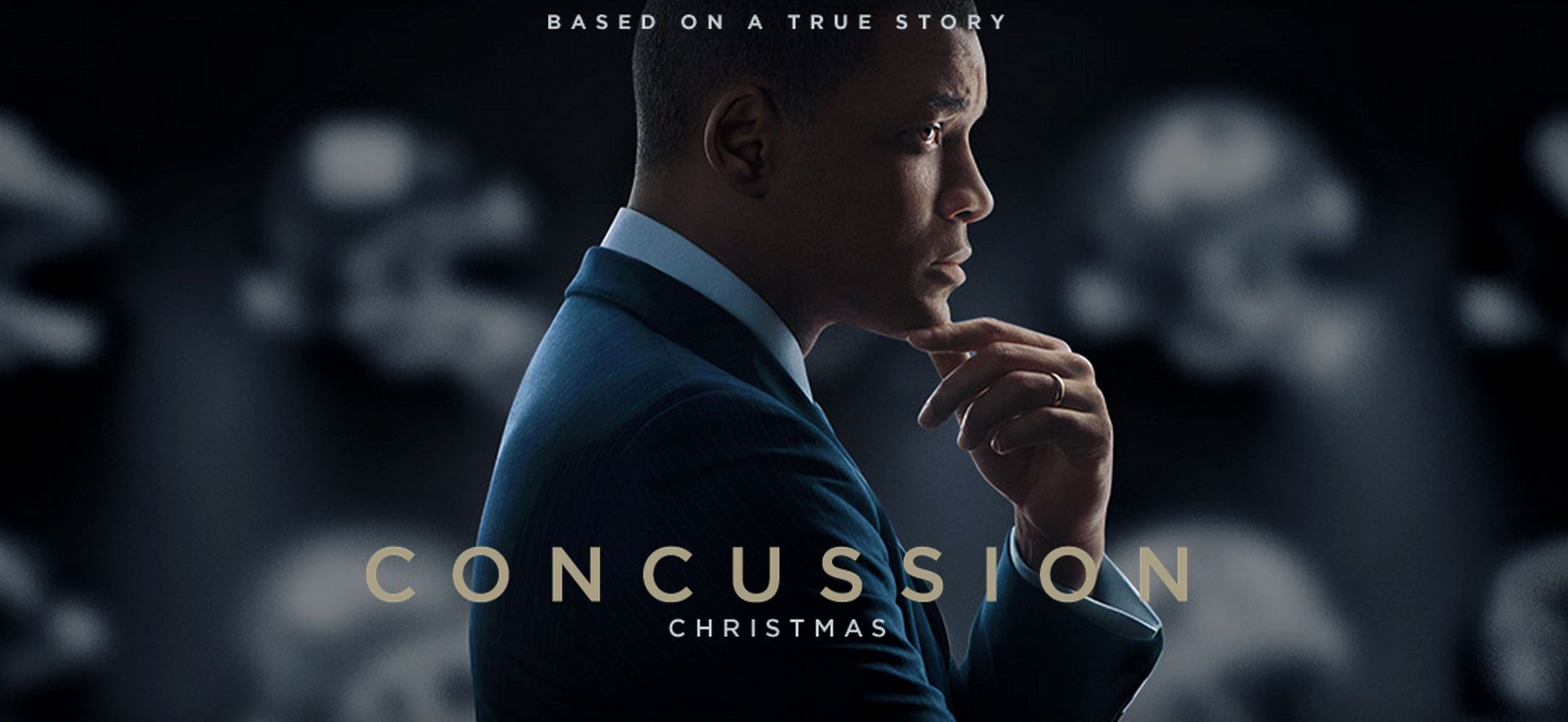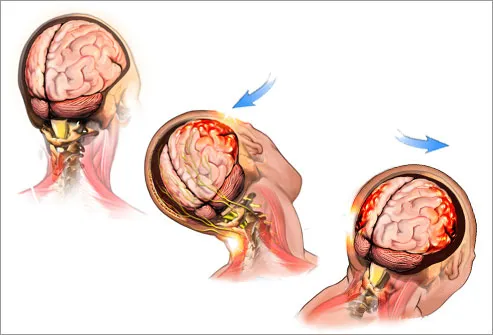Concussions are a common injury that alters cognitive function. According the the CDC affects 1.3 million people a year in the US alone. They can have very serious health implications even though medically described as a “mild” traumatic brain injury (mTBI).
A high prevalence of concussions from sports related injuries and media can give the impression that only athletes are at risk. The recent movie “Concussion” even depicts the struggle the NFL and its players are facing due to the frequent and inherently violent collisions players sustain. However, concussions are also common with many non-sports related impacts such as falls and car crashes.

Knowledge of the underlying physiological mechanisms is limited, but progress is being made. Currently, sleep and rest are the only treatment for individuals who sustained a mTBI. A greater understanding of the injury at the cellular/molecular is needed to improve prevention, therapy, and long term cognitive effects of repeated concussions.
Concussions are caused by an impact that usually involves a whiplash motion where the brain bounces, twists, and stretches. Symptoms can vary for each individual injury, but can include headache, nausea, lethargy, memory loss, dizziness, and emotional changes. These effects can take weeks to resolve with proper care.

I have personal experience from a high school football injury during a homecoming game. I was defending a pass play in which I leaped for the ball while another player took out my legs. I went head-first to the ground with a forceful impact. Following the play, I had memory loss of the few hours after and only know what happened due to the game film.
The following weeks were filled with dizziness and lethargy. I felt like I could not escape a fog like being extremely sleep deprived. Occasionally I would go to another room in the house to do something specific and completely forget what I was trying to accomplish when I got there. I attempted to return to play the following week and was not allowed regardless of how important my sixteen-year-old self-believed it to be. At the time, I did not realize the magnitude of the risk that returning posed to my health.
The post-concussive brain is susceptible to a second impact which may result in prolonged healing time and permanent damage. Often no visual evidence like a bruise is evident and can create a sense that nothing is in fact wrong. Some individuals believe this and do not rest and return to potentially dangerous activity soon after the initial injury. This can be deadly mistake; second impact syndrome can occur if another significant impact is received before the brain is healed. Extreme and rapid swelling occurs and the brain losses control over cerebral blood flow eventually leading to severe cerebral edema.
Ongoing research works to elucidate the physiological mechanisms and long term effects underlying these mTBI’s. A better understanding could provide more effective prevention, detection, and therapy for the millions of affected individuals a year. Researchers have discovered that damage to the neurons creates ionic fluxes and unsystematic release of the excitatory neurotransmitter glutamate. This disrupts the cellular environment creating stress, impaired axonal transport, and improper signaling in the brain. Making connections between the hard science and symptoms will lead to improved prevention, therapy, and long term outcomes of mTBI.
Simply being conscious to the reality of concussions is simple step that everyone can do to make informed decisions in the event of a possible mTBI.